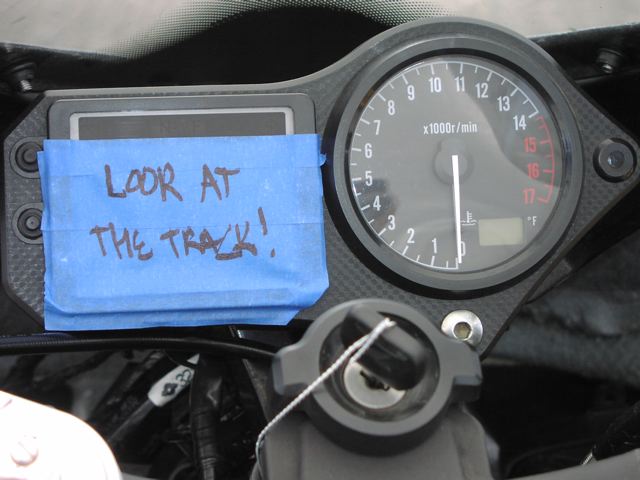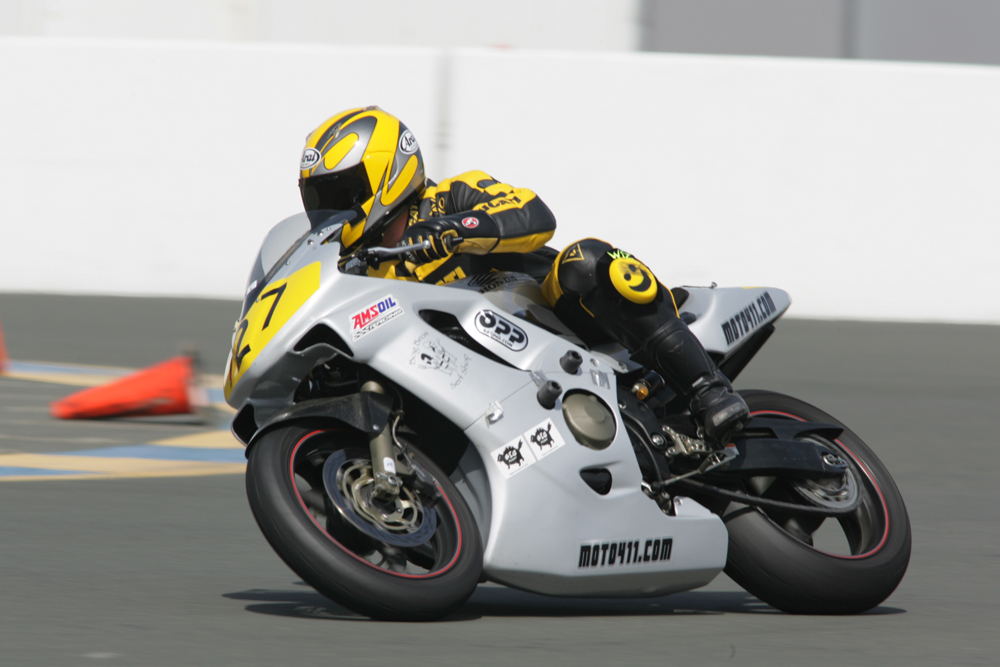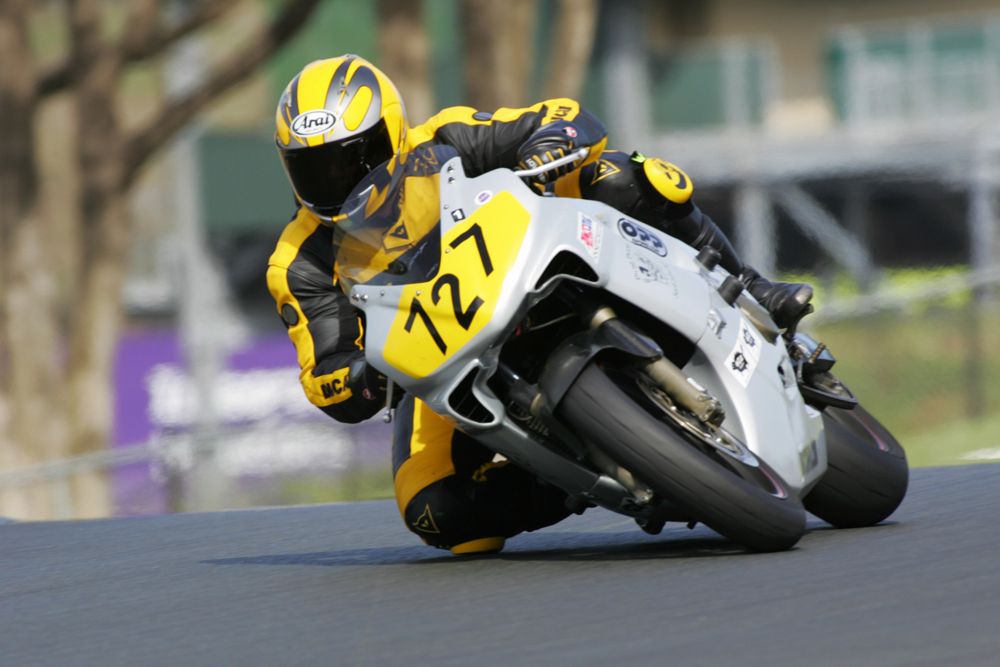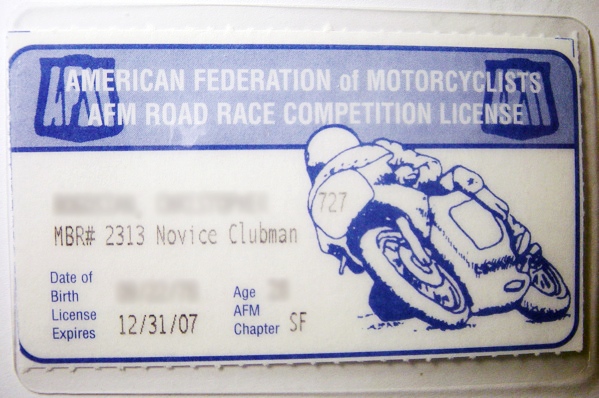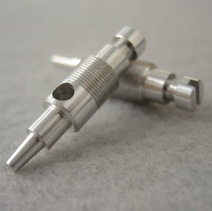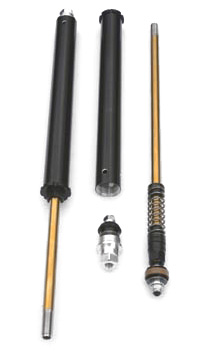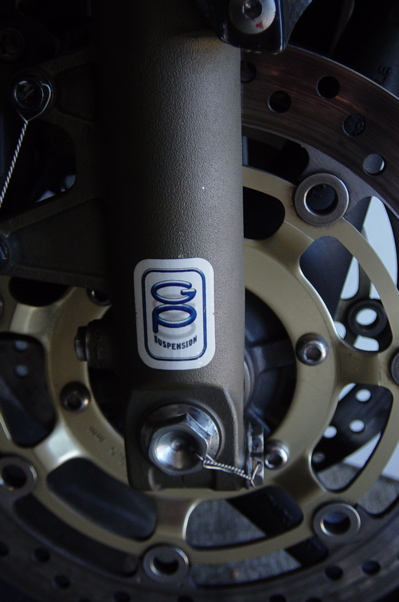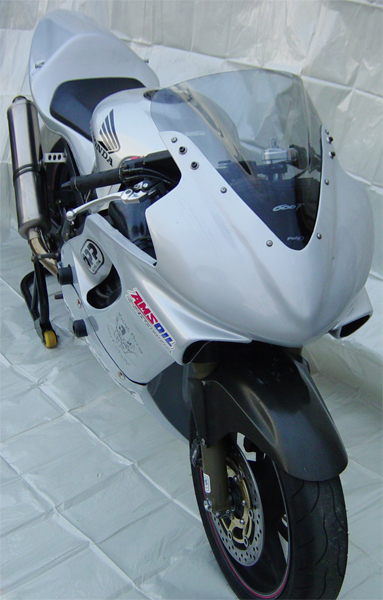We are not experts. This article is provided for educational purposes only. We do not offer a warranty of any kind (express or implied) on the usefulness, validity or accuracy of the information presented herein. In other words, imitate us at your own risk.
Related Articles
Introduction
In Part 1 of this series, we discussed how to start to build trust and establish value with potential buyers through an item listing. In this part, we will deal with the nitty-gritty of the actual exchange once a deal has been negotiated and a buyer has committed to the purchase.
Payment
Historically, when individual buyers and sellers didn't live near each other, person-to-person payments were a challenge since there typically wasn't any recourse for a buyer if the seller sent damaged goods (or no goods at all). In the last decade or so, several companies have emerged to fill this gap, the most widely-used probably being PayPal1.
In addition to PayPal, there are several smaller offerings such as BidPay2. For items of significant value (like aftermarket carbon fiber wheels or entire motorcycles) using an online escrow service (e.g., Escrow.com) may be useful in helping to solidify a transaction. Be aware, however, that sellers can suffer by using these services as dissatisfied or fraudulent buyers can cause the seizing of the seller's assets in a dispute.3
If you find yourself doing a lot of sales and are considering making a small business out of your sales activities, you may wish to investigate merchant account services to be able to accept credit cards directly. One such provider is First Data. While this is beyond the scope of this article, you will want to familiarize yourself with the various different policies and regulations of each credit card you choose to accept as well as the merchant account provider if you take this route.
If the buyer has no other means but a cashier's check, try to insist that it be purchased through the US Post Office. Indicate to the buyer that you will need at least ten business days to make sure that it clears. Alternatively, if the buyer uses a bank that has branches in your local area, you can often take a cashier's check from that bank to any of its branches and get cash immediately.4 Do not accept a cashier's check from a bank that doesn't have a branch in your area as you will be unable to verify that it isn't a forgery.
In most cases (unless the buyer insists upon using it, but only to send you money), Western Union should be avoided at all costs. It is completely devoid of security and provides next-to-nothing for recouping one's losses which is why it's such a favorite with fraudsters. As a general rule, never use Western Union unless you know the other party personally.
Packaging
Getting your items packaged properly is one of the most critical steps in the exchange. No one ever wins when an item is damaged during shipping. We want packaging that is inexpensive, but prevents damage during shipping in all but the most abusive of situations. We may not get out of the packaging stage without spending any money, but we'll try to keep it to a minimum. Reuse of existing packing materials (boxes, foam peanuts, bubble wrap, etc.) is by far the best way to keep costs low. Be warned however, that if a cardboard box looks too ragged or has evidence of previous shipments, shippers will often use that to deny insurance claims if they are made (see Shipping below).
If you don't already have anything on hand, you can usually avoid spending much with only some minor creativity. Most shippers (the US Postal Service included) now provide boxes of varying sizes free of charge to customers. Some post offices provide recycling bins where junk mail is often deposited by PO Box holders. These can be full of fliers, phone books, newspapers, etc. which make excellent filler materials. If you can anticipate your shipments, saving your own newspapers is useful too. While I won't advocate regularly raiding your local 7-11 or gas station for stacks of the "free" publications they often have outside, these can be useful in a pinch.
Sometimes with large or awkward items, you just have to bite the bullet and go buy a large cardboard box that will fit and some foam peanuts or other filler. If you have time, shop around for a reasonable supplier of these materials.5 Check stationary stores or packaging stores. Avoid places like UPS Stores, Kinkos and U-Haul. With major chains, margins on packing materials is often quite large. If you can anticipate the cost of packaging, include it in the shipping/handling costs of your listing, but don't spend three days of your time patching together a strange-looking package with re-re-reused materials to save $15. It's just not worth it.
Three things I recommend that you do purchase are: packing tape, cheap paper towels (or toilet paper) and bulk rolls of cheap plastic wrap. Both can be found at Costco, Target, etc. You can also find smaller rolls at your local grocery store, but they will often cost three-to-four times as much per unit length. Don't bother spending more money on name brands, just get the cheapest ones you can find.
Once we've got our basic materials, we're ready to start. If an item is damaged during shipping, the damage can most often be attributed to one of two things: compromising of the exterior package (e.g., the part wears through the cardboard and bangs against hard objects outside the package); insufficient filler (e.g., the parts bang against each other inside the package). We're going to demonstrate how to minimize the likelihood of either.
The first thing we do is protect the most delicate parts of the items we're shipping. With forks, these are usually the fork caps. I typically wrap the fork caps in paper towels. In this example, we've even gone so far as to cut some cardboard tubing we had left over from one of my rolls of plastic wrap to act as cap protectors. Then we wrap the entire fork ends in bubble wrap or newspapers to create a nice bulge. The function of this bulge is to help keep the forks away from each other during transit. Finally, we wrap the bulge in plastic wrap6 to make sure it stays together and doesn't fall off.
Show your buyer you care by taking care of his parts:


Next, we wrap the fork bottoms. We do this for two reasons. First, it works with the fork cap wrapping we just completed to keep the forks from banging against each other during transit. Second, it helps prevent the hard fork bottoms from compromising the packaging itself.
Finishing the fork bottoms as well:

Ready to box it up:

With this particular part, with careful planning we can make good use of the available Priority Mail boxes. While no single box will contain the forks, several of them in a creative combination will. We will use three: one on each end overlapping one in the middle. The first step is to pad the bottom box before putting in anything. We've used a DHL bubble mailer.
Share the love; DHL and USPS working together:

After putting in some additional padding, we can put in the forks and continue to pad them all around the interior of the package and between the forks themselves.
Don't skip on the filler; nothing should move inside the package when we're done:

After putting in some additional padding, we can insert the middle box, put in the forks and continue to pad them all around the interior of the package. Our ultimate goal is zero direct contact between the forks and the cardboard and between the forks and each other. We also want zero movement inside the package. This is something amateur or neophyte sellers almost always get this wrong with large, heavy or awkward parts like forks or wheels.
When the forks are inside and well-padded, we can put on the final box and tape everything up. You should not skimp on tape. Some insurance policies actually dictate that all seems should be covered by tape (see Shipping below).
The finished product:

Shipping
Once your item is properly packaged, shipping should be a relatively simple matter. I highly recommend finding one (maybe two) shipping providers with which you are comfortable or familiar and sticking with them unless there is a good reason to do otherwise. Many providers allow the ability to create accounts and print shipping labels from your own computer which can be a big time saver over standing in line at a Post Office or UPS Store. To print your own labels however, you will need a somewhat accurate scale in order to provide the package weight.
For each package you ship, you must be prepared to ask yourself a key question: whether or not to self-insure. Ask yourself, "can I afford to lose this package entirely?" If the answer is yes, then keeping the few dollars it would take to insure the package might be a good investment. Otherwise, you might want to insure the package. Some shipping companies like UPS insure losses up to a certain amount on every package and provide the ability to purchase additional insurance if needed. If you do self insure, I highly recommend taking the few dollars you saved and putting them aside in a self-insurance pool. Over time, the size of that pool will help you assess whether or not paying for insurance is a good idea.
If you do purchase insurance, you must familiarize yourself with the shipping providers policies and abide by those policies to the letter. Remember, each shipping provider loses money when they pay out on a claim, so they have a huge incentive to weasel out of it any way they can, so give them as few opportunities as possible. For example, the USPS requires that tape covers all seams of a package and does not specify that glued seams are exempt. It's also a good idea to poke around (i.e., do a few searches on the Internet) to see if there are a wide number of problems with that provider failing to make good on claims.7
If you find a shipper you like, but don't like their claims process or insurance offerings, there are third parties (e.g., DSI) which will insure your packages no matter who you use as the shipping provider. You may wish to investigate these as well and find what works best for you.
If you like to use UPS or the US Postal Service and you receive the buyer's payment via PayPal, you can create a shipping label directly from the PayPal website. In fact, the number of USPS shipping options is actually higher via PayPal than it is on the USPS's own site!8 If the buyer is paying through some other means but still has a PayPal account, I will sometimes send a 1¢ invoice just to be able to use PayPal's integrated shipping services.
Follow-Up
Once the shipping label has been created or the package has been shipped, it is a good idea to inform the buyer of that fact and include any tracking or shipping reference numbers if available. Most shipping services do this automatically. If you ship via UPS or USPS through PayPal, PayPal will attach the tracking number to the payment and send an e-mail to the buyer. While I am not personally a fan of PayPal, their integrated shipping features are hard to beat.
Unless you receive an unprompted "thumbs-up" from the buyer (e.g., in the form of positive feedback, a thank-you e-mail, etc.), it is usually a good idea to follow up with the buyer after you know the package was (or should have been) delivered. This will really make the buyer feel like you care and are going the extra mile to make sure they are satisfied.
Something-For-Nothings
At some point, you will find yourself dealing with someone who goes beyond a discerning, detail-oriented (i.e., "picky") buyer. My wife works in the hotel industry and in her business they call these people "something-for-nothings" because they always want the best services and perks but never want to pay for them. It is usually best not to deal with these people at all, but if you fail to identify one before the transaction is underway, you may find yourself in a fairly uncomfortable position. It is usually best to minimize the time spent dealing with these people. Find a compromise that causes you the least amount of pain and move on. Make a mental note never to deal with that person again.
Conclusion
Hopefully this provides a useful view into the successful completion of selling goods online by providing some helpful, yet inexpensive ways to keep your buyers happy. I'll leave you with this gem: go the extra mile to retain your good customers and refer your bad ones to your biggest competitor.
1. In 2002, eBay acquired PayPal for a mere $1.5 buh-illion (with a "b"). This should give you some idea as to how much of a market there is for convenient person-to-person payment mechanisms.
2. BidPay was originally based on an explicit buyer-pays transactional fee model. While this was lauded by sellers, it was largely rejected by the marketplace and the company ceased operations in 2005. However, the brand and certain assets were acquired by CyberSource in 2006 for $1.8 million. CyberSource has since resurrected the service but with a seller-pays model much like PayPal. For some reason, buyers do not like to know when they are paying overhead....
3. See PayPalSucks.com for some examples. With any third party payment service, it is always essential to familiarize yourself with its policies before using it.
4. Banks will often ask for two forms of ID in order to verify you are the intended recipient of the check. In most cases a state driver's license and a credit card is sufficient. They may also ask you for your social security and in some cases require you to provide your thumb print on the check. If none of this sounds appealing to you, you should probably avoid it altogether and require another method of payment. However, if you can stomach it, it can be a fairly convenient way to quickly get a cash payment from your buyer.
5. Don't kill yourself trying to find the cheapest cardboard box. One technique I've used that has worked well is that I find a place I want to investigate and go buy what I need. The next time, I go somewhere else. Unless the price is absolutely ridiculous at the new location, I just buy it (even if it was more than what I found previously). But I make a mental note who was cheaper. After I've investigated two or three locations, I usually just pick the one with the most reasonable prices and stick with it until I hear about something better.
If you do find a location that has high prices, you might want to ask, but you should always make an effort to remain polite and non-confrontational. You might find the shop or store owner and say something like, "I noticed your boxes are rather expensive compared to [The Other Place]. Do you know why there's such a discrepancy?" Keep in mind, this may not be the shop owner's fault. She may not even know that she's being rooked by her own supplier. It may prompt her to go find cheaper boxes. Of course, it also may prompt some aggression such as, "If you don't like my prices, go buy your @#$%ing boxes at [The Other Place]!" In these situations, it's best to thank the person for their time and politely excuse yourself from the premises.
6. Why plastic wrap? First, it's really easy to work with right off the roll. Second, it's actually cheaper than packing tape. Third, it's is much easier to remove than tape on the other end. Tape often leaves a sticky (sometimes colored) residue that is a real pain to remove.
7. As of this writing, FedEx only pays up to $100 on any claim regardless of the declared value. See consumeraffairs.com for details.
8. This is pure conjecture, but I believe this is because the USPS is trying to promote it's higher-end services like Priority and Express mail and hence makes it arbitrarily more difficult to easily send items Parcel Post or First Class.




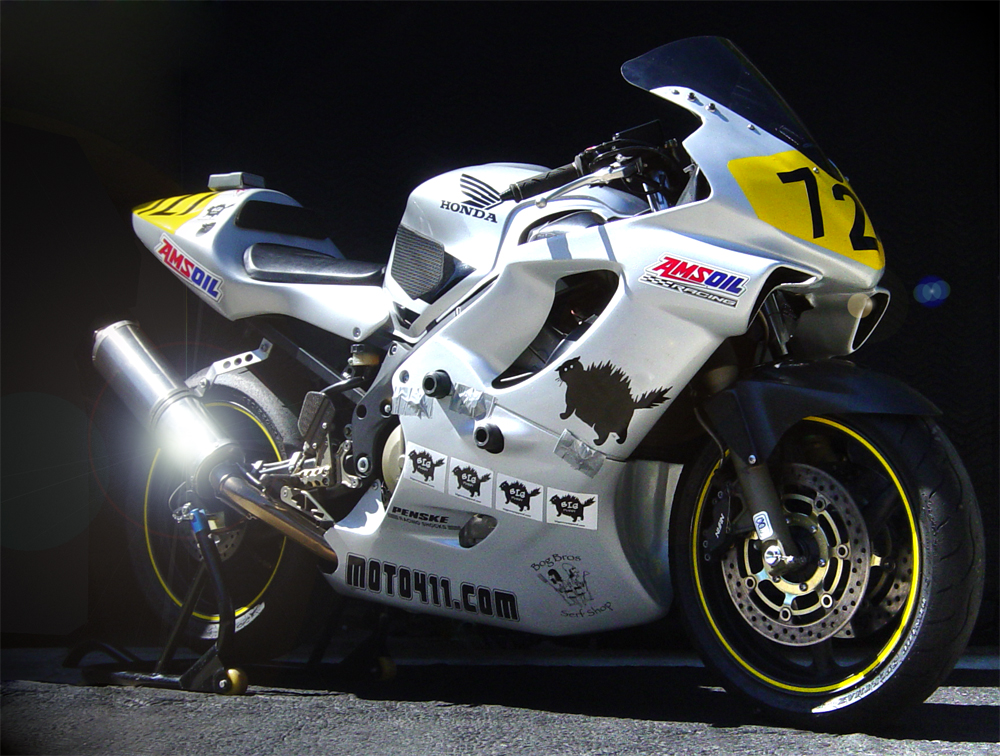















 Pros:
Pros: Cons:
Cons:









